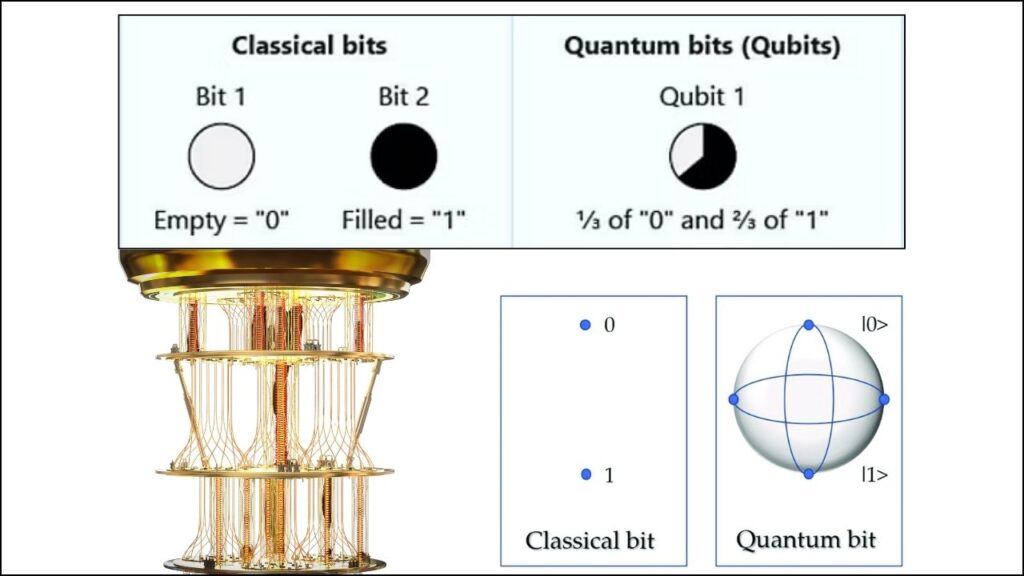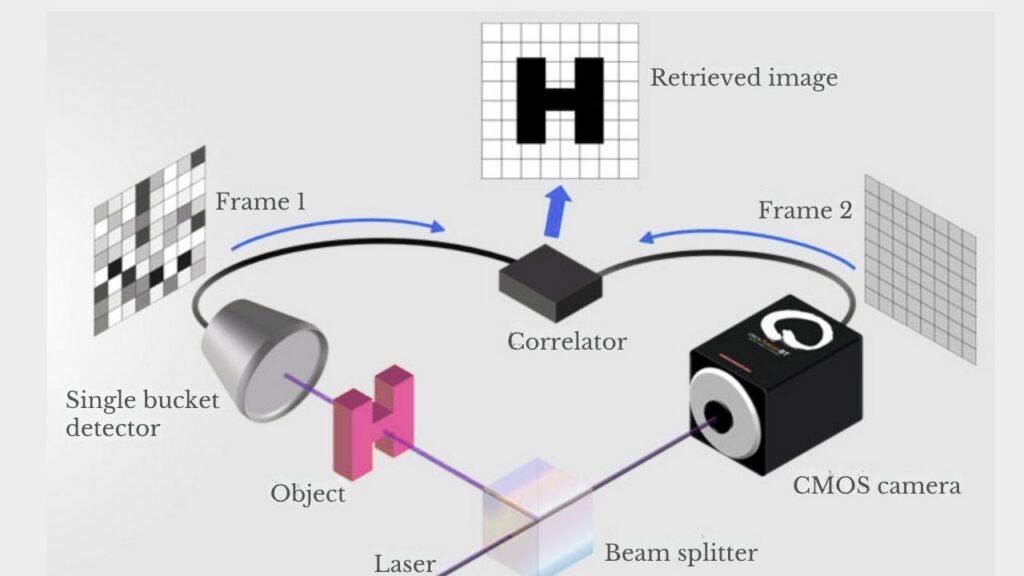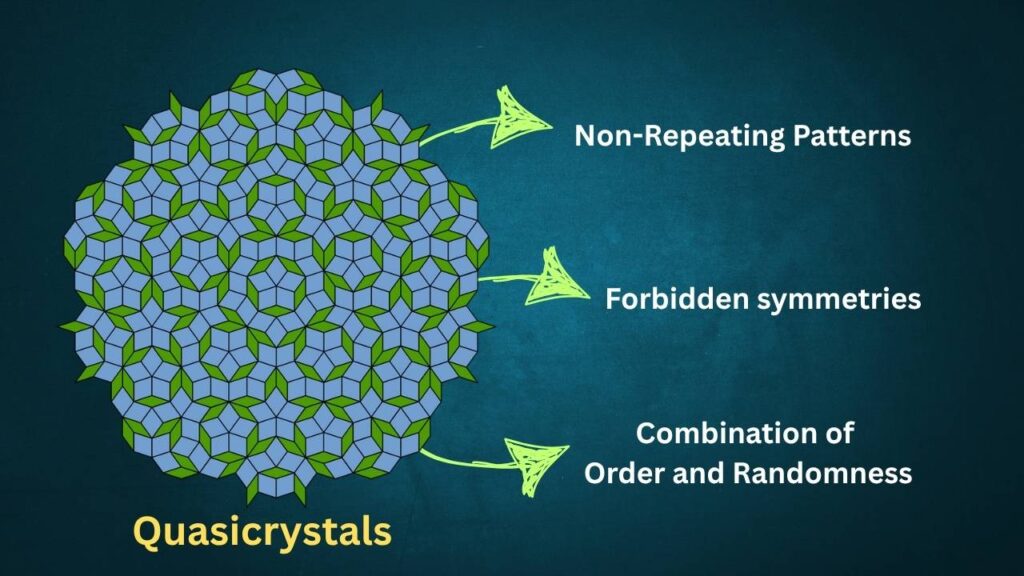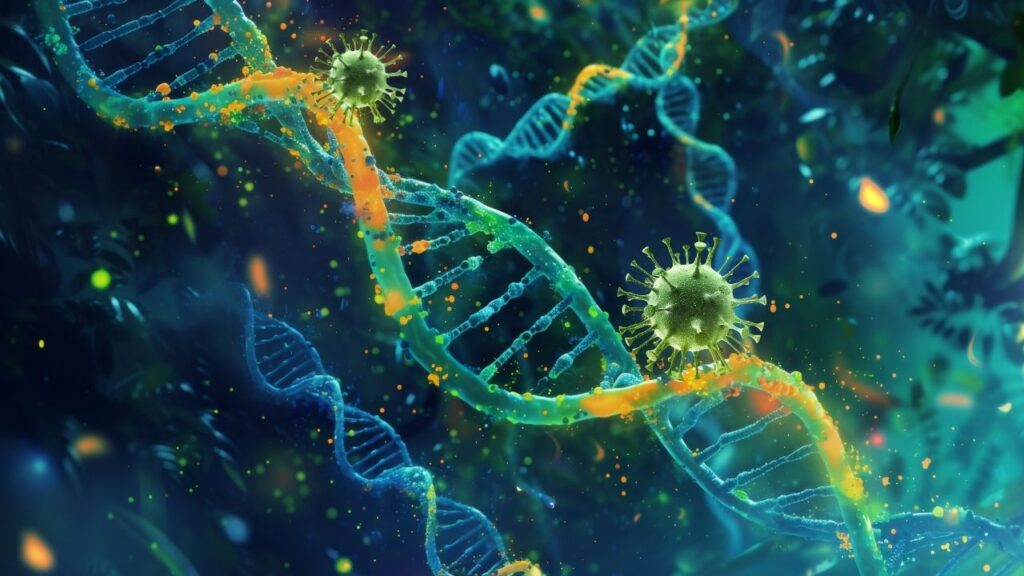Dark matter detection using quantum-based methods is emerging as one of the most exciting frontiers in physics today. Despite making up about 80-85% of the universe’s mass, dark matter remains invisible and elusive because it neither emits nor interacts with light, revealing itself only through gravitational effects. Now, scientists are leveraging cutting-edge quantum technologies to develop highly sensitive detectors that may finally provide the first direct glimpse of this mysterious substance.

This article will guide you through the fascinating world of dark matter detection via quantum tricks, explaining the science simply while diving into the practical advances researchers are making. Whether you’re a curious learner or a professional in the field, you’ll gain valuable insights into how these quantum methods work and why they could revolutionize our understanding of the cosmos.
Table of Contents
Scientists Might Finally Detect It With This Strange Quantum Trick
| Topic | Detail |
|---|---|
| Dark Matter Mass Percentage | Constitutes 80-85% of the universe’s total mass |
| Quantum Detection Techniques | Use of qubits, Schrödinger cat states, quantum sensors, and supercooled detectors |
| Famous Dark Matter Candidates | Axions (ultralight particles) and dark photons |
| Key Institutions Leading Research | Illinois Tech, Lancaster University, University of Science and Technology of China, Fermilab, UK Collaborations |
| Funding | $71 million pledged by the U.S. Department of Energy for quantum high-energy physics research |
| Noteworthy Recent Experiments | Quantum Sensors for the Hidden Sector (QSHS), QUEST-DMC experiment at Lancaster University, Axion Quasiparticle Detector development |
| Official Source for More Info | U.S. Department of Energy – High Energy Physics |
By harnessing quantum tricks—from qubit sensors and Schrödinger cat states to ultra-cold amplifiers and sapphire detectors—scientists are closing in on the unseen 85% of the universe’s matter. The fusion of quantum computing technology with particle physics is opening unprecedented avenues to detect and understand dark matter.
With significant funding and international collaboration, these quantum-enhanced experiments could soon reveal the universe’s invisible scaffolding, reshaping science and our cosmic perspective forever.
What Is Dark Matter and Why Is It Important?
Dark matter is one of the biggest cosmic mysteries. Although invisible to telescopes, it has immense mass and exerts gravitational pull, keeping galaxies spinning at speeds that visible matter alone cannot explain. You can think of it as an invisible “scaffolding” that holds galaxies and clusters together in the universe.

Scientists estimate that around 80 to 85 percent of all matter in the universe is dark matter, with ordinary matter—the stuff that makes up stars, planets, and ourselves—making up only a small fraction. Finding out the true nature of dark matter would transform our understanding of physics and could reveal new particles or forces beyond what the Standard Model describes.
How Quantum Tricks Are Changing Dark Matter Detection
Traditional detectors search for faint signals caused when dark matter particles very weakly interact with ordinary matter. These signals are notoriously elusive because the interactions are incredibly rare and weak, often lost in a sea of noise.
This is where quantum technology comes into play. Quantum physics allows us to measure phenomena with extraordinary precision by exploiting effects like superposition, entanglement, and delicate quantum states. These features enable detectors sensitive enough to pick up extraordinarily faint signals from dark matter.
1. Quantum Sensors and Qubits: Tiny Guardians of the Invisible World

Quantum sensors use elements called qubits (quantum bits) — the fundamental building blocks of quantum computers — to detect changes so tiny they’re undetectable by classical instruments. By cleverly combining many qubits, scientists can amplify weak signals from dark matter, similar to how multiple microphones picking up a whisper can make it louder.

This method benefits from fault tolerance — the ability to handle noise in quantum systems without losing data — which is critical because quantum states are highly delicate. These quantum detectors can even measure detailed information about dark matter particles, including their speed and direction, by analyzing subtle “phase shifts” caused by a “dark matter wind” passing through Earth.
2. Schrödinger Cat States and Microwave Cavities: Catching Ghostly Signals
Inspired by the famous Schrödinger’s cat thought experiment, scientists create quantum superpositions of states called Schrödinger cat states inside superconducting microwave cavities. These exotic states form interference patterns at unimaginably tiny scales, enabling detection far beyond classical limits.
Using this technique, experiments have boosted dark photon detection sensitivity by more than 8 times compared to traditional detectors. Dark photons are hypothetical particles similar to photons (particles of light) but they might belong to a hidden dark sector, making them prime dark matter candidates.
3. Ultra-Cold Quantum Amplifiers and Crystalline Sapphire Detectors
Quantum sensors are also cooled to near absolute zero (-273°C) to eliminate thermal noise that could mask faint signals. At facilities like the Illinois Institute of Technology, researchers use crystalline sapphire—a material key to qubit technology—to build detectors that sense minuscule lattice vibrations caused by dark matter interacting with the crystal’s atomic structure.
Remarkably, this approach serves a dual purpose: it helps detect dark matter and simultaneously advances quantum computing by improving the understanding and reduction of environmental noise in qubits.
4. Suspended Microscopic Magnets in Superconducting Enclosures
Other experimental setups suspend microscopic magnets inside supercooled superconducting enclosures to detect subtle oscillations or forces from ultralight dark matter waves. These frictionless, highly sensitive magnetometers offer new ways to pick up signals missed by other methods, expanding the search frontiers.
5. Innovative Axion Quasiparticle Detectors: The Cosmic Radio
One of the latest breakthroughs is the development of a detector called the Axion quasiparticle (AQ). This cosmic radio receiver is designed to detect the faint radio-like waves axions—one of the top dark matter candidates—are expected to emit.

Made from ultra-thin layers of manganese bismuth telluride (MnBi₂Te₄), a quantum-sensitive material, the AQ detector can emit light when it tunes into the correct axion frequency, essentially “hearing” the axion’s cosmic whisper.
The detector is projected to be operational within five years, followed by a decade of scanning high-frequency signals, potentially enabling humanity’s first direct detection of dark matter.
Practical Guide: Understanding Quantum Dark Matter Detectors
If you want to grasp how these techniques work together, here’s a straightforward guide:
Step 1: Know the Dark Matter Candidates
- Axions: Hypothetical ultra-light particles predicted by some physics theories, believed to be extremely abundant.
- Dark Photons: Theorized particles similar to light photons but interacting very weakly with normal matter.
Step 2: Understand Quantum Sensors
- Qubits allow for super-sensitive detection of changes in quantum states.
- Quantum circuits combine many qubits to amplify weak signals beyond classical capabilities.
Step 3: Appreciate the Role of Ultra-Cold Temperatures
- Detectors operate near absolute zero to minimize thermal noise.
- Cooling is essential to preserve fragile quantum states and boost sensitivity.
Step 4: Extract Meaningful Data
- Phase measurements detect tiny changes signifying dark matter interactions.
- Quantum error correction helps ensure accuracy despite noise.
Step 5: Follow Real-World Experiments
- Institutions like Lancaster University, Illinois Tech, Fermilab, and the University of Science and Technology of China are at the forefront, running experiments and advancing technology.
Physicists Zero In on a Fifth Force That Could Reveal What Dark Matter Really Is
Scientists Use a Levitating Magnet to Search for Dark Matter — And It Might Actually Work
Rutgers Scientists Discover a Bizarre New State of Matter: The Quantum Liquid Crystal
FAQs About Scientists Might Finally Detect It With This Strange Quantum Trick
Q1: Why is detecting dark matter so challenging?
Dark matter barely interacts with ordinary matter and does not emit or absorb light. Its potential signals are incredibly faint and often drowned out by other noise sources.
Q2: What advantage do quantum detection methods offer?
Quantum detectors exploit phenomena like superposition and entanglement to sense signals too subtle for classical instruments, increasing detection probabilities dramatically.
Q3: Are these detectors commercially available?
Most quantum dark matter detectors are still experimental, developed in research labs worldwide.
Q4: When might we expect the first direct detection of dark matter?
Though no exact timeline exists, breakthroughs suggest detection could happen within the next decade as these technologies mature.
Q5: What are axions and dark photons?
Axions are ultra-light particles theorized to solve fundamental physics puzzles and are strong dark matter candidates. Dark photons are similar but originate from a “dark sector,” influencing normal matter very weakly.



















